Sweeping has been around for centuries. Vacuuming is newer, smarter, and more powerful. But which one should you use to clean your floors, improve air quality, and save time? That answer is no longer so simple.
Today's cleaning tools go beyond basic brooms and standard vacuums. There are robot sweepers, stick vacuums, and wet-dry machines that can mop, scrub, and suction. These modern tools blur the line between sweeping and vacuuming.
So, how do you know what's best for your home?

The Pros and Cons of Each Method
Brooms and vacuums are both common tools in the home. They serve the same goal: getting floors clean. But they do it in very different ways. What works well in one situation might not in another. That's why it helps to weigh the strengths and drawbacks of each method.
Benefits of Sweeping
- No electricity needed: You can sweep anywhere, even in cabins, garages, or patios where there's no power.
- Lightweight and silent: Brooms are easy to carry, simple to store, and don't disturb sleeping babies or pets.
- Great for quick cleanups: Dropped a glass? Spilled dry cereal? A broom and dustpan will handle it fast.
- Low cost: A good broom costs very little and lasts a long time.
Drawbacks of Sweeping
- Fine dust stays behind: Sweeping often stirs dust into the air instead of removing it, especially in dry indoor areas.
- No filtration: Allergens, pet dander, and pollen can linger or float around during sweeping.
- Physically demanding: Repetitive bending and twisting can cause back or wrist pain.
- Less effective on soft surfaces: Brooms don't work well on rugs or textured floors.
Benefits of Vacuuming
- Strong suction: Vacuums can pull up deep dirt, fine dust, and pet hair from rugs, tiles, or hardwood.
- Air improvement: Many vacuums include HEPA filters that trap allergens and tiny particles.
- Multi-surface tools: With the right attachment, you can clean sofas, stairs, curtains, and even car seats.
- Less physical effort: No bending or sweeping motions—just glide and go.
Drawbacks of Vacuuming
- Needs power: You can't use a vacuum where there's no electricity or during power cuts.
- Noisy operation: Most vacuums generate 65–80 decibels of noise, similar to a shower or blender.
- Higher cost: Stick vacuums, robot models, or wet-dry types are more expensive than a broom.
- Maintenance needed: Filters, dust bins, and brush rolls all need regular cleaning or replacement.
Still, some vacuums are designed to make these problems easier to live with. For example, the Dreame Z20 Cordless Stick Vacuum offers up to 90 minutes of runtime and includes washable components, so you don't have to buy new filters often. It's also lighter than many other vacuums, with smart suction control that adjusts automatically. If you're worried about constant upkeep, it takes care of most of it for you.
And if noise or storage space is a concern, the Dreame H14 Wet and Dry Vacuum runs efficiently without sounding overwhelming. It even features auto dirt separation and self-cleaning with hot air drying, so you spend less time dealing with the mess after each clean.
What Is the Difference Between a Sweeper and a Vacuum?
A sweeper usually uses brushes to push debris into a container. Some models are manual. Others are powered and use rotating brushes. You'll often find electric sweepers in restaurants, stores, or places that need quick, quiet floor cleaning. They're good for light dirt, crumbs, or hair on hard floors.
A vacuum, on the other hand, pulls dirt in with suction. It captures dust, pollen, and small particles, not just what's easy to see. You'll find several types of vacuums with different features:
- Robot Vacuums (RV): Smart, automated, and hands-free.
- Cordless Vacuums (CV): Lightweight and portable, easy to use.
- Wet-Dry Vacuums (WD): Tackle both wet spills and dry messes in one go.
While sweepers work well for fast cleanups on hard floors, vacuums go deeper. They're better for homes with pets, carpets, or people who have allergies.

Robot Sweeper and Vacuum: The Next Generation of Cleaning Is Already Here
Let's face it: most people don't enjoy daily cleaning. That's where robot sweepers and vacuums step in. These compact machines do the job while you relax, work, or sleep.
Robot sweepers usually use rotating side brushes to pull debris into a dustbin. They're great for basic maintenance between deeper cleans. Most models are quiet and gentle, making them good for small homes with mainly hard floors.
Robot vacuums go a step further—with strong suction, smart mapping, and scheduled cleaning. Some even return to their dock to charge and resume where they left off. And with wet-dry models, you can also mop, sometimes even with hot water.
Take the Dreame X40 Master Robot Vacuum as an example. It features
- 12,000Pa Suction Power: Effectively lifts dust, hair, debris, and even pet fur from hard floors and low-pile carpets.
- Dual Rotary Mops: Provides deep cleaning with customizable mop settings, from dry to wet, ensuring a clean floor every time.
- MopExtend™ RoboSwing Technology: Expands the mop for better edge and corner cleaning, reaching under furniture and tight spaces.
- Smart Dirt Detection: Adjusts cleaning power based on detected floor grime for a more thorough clean.
- Pet-Safe Zone Creation: Let's set no-go zones to protect your pets or avoid specific areas.
- 3D Mapping: Maps multi-level homes with Smart Pathfinder™ Technology and visualizes the route via the app.
If you want daily cleaning with very little effort, a robot vacuum might be a smart upgrade.
Choose the Right Tool for Your Floors: Every Surface Has Its Match
Whether you have plush carpets or glossy tiles, the right tool makes a big difference in both effort and results.
Carpeted Floors
Carpets trap dust, crumbs, and pet hair deep in the fibers. Sweeping isn't very helpful here. The bristles stay on the surface and often push debris around instead of removing it. A vacuum is much better for carpets. Choose one with strong suction and a rotating brush roll. Cordless vacuums are good for light messes. For deep cleaning, a wet-dry or high-suction stick vacuum works better. The Dreame Z20 Cordless Stick Vacuum offers 250AW suction, a HEPA filtration system, and up to 90 minutes of runtime, perfect for whole-home vacuuming, even on carpet. Its anti-tangle roller helps lift pet hair without getting clogged.
Hard Floors (Wood, Laminate, Vinyl)
Sweeping does okay on smooth floors. It picks up dry debris like cereal or dust bunnies. But it often leaves fine dust behind, especially along baseboards. Vacuums give a deeper clean. You'll want one with a soft roller brush to avoid scratching. Models with edge detection or LED lights also help spot hidden messes. The Dreame H14 Wet and Dry Vacuum is a good option here. It has 18,000Pa suction, dual-edge brushes, and a 60°C (140°F) hot water mopping system. It even self-cleans and dries the brush in just 5 minutes.
Tile or Stone Floors
Grout lines collect dirt and water easily. Sweeping might move debris over the surface, but it won't reach into tiny gaps. A wet-dry vacuum is a better choice. These use rollers, suction, and water to clean deep into grooves. The Dreame H14 includes a resilient scraper and a dual-rotation self-cleaning brush that spins at 520RPM, helping remove stuck-on grime from tile and stone.

Expert Tips: Sweeping and Vacuuming Effectively
Good tools are helpful. But knowing how to use them well makes cleaning faster, easier, and more complete. Whether you sweep or vacuum, the right habits can boost your results.
1. Sweep with a Plan
- Start in one corner and move in small, even strokes.
- Push dust and debris toward the center, not the edges.
- Use a dustpan with a rubber edge to catch fine particles.
- Try sweeping daily in high-traffic areas like kitchens or entryways.
- On wood floors, use a soft-bristle broom to avoid scratches.
2. Vacuum in Rows, Not Circles
- Move slowly to let the suction pull up dirt.
- Overlap each pass by a few inches to avoid missed spots.
- Begin with low-power mode on rugs, then increase suction if needed.
- For corners and edges, use a crevice tool or side-brush attachment.
- Don't forget to vacuum under furniture if your model can reach.
3. Use Smart Modes
Models like the Dreame H14 Wet and Dry Vacuum adjust suction power based on what's on the floor. It even shows color-coded lights: red for heavy dirt, orange for medium, and green for light.
4. Maintain Your Equipment
- Empty the dustbins after each use. Don't let them get overfilled.
- Wash filters and dust cups weekly if they're reusable.
- Replace HEPA filters every 3–6 months, depending on use.
- Clean hair from rollers, especially if you have pets.
5. Don't Rely on One Tool Alone
Even the best vacuum might miss large debris, and even a good broom won't catch fine dust. Use both tools where they work best:
- Sweep first in garages or outdoor areas, then vacuum corners or mats.
- Vacuum weekly in bedrooms or living rooms with carpets.
- Use robot models for daily dust control while you focus on deeper tasks once a week.
7 FAQs about Floor Cleaning
Q1. Should I sweep or vacuum first?
A: If your floor has large debris, like broken glass, dry leaves, or cereal, sweep first. After that, vacuum to remove fine dust and dirt. For normal cleaning, vacuuming alone is usually enough.
Q2. Can I vacuum without sweeping?
A: Yes. Most modern vacuums can handle both small and large messes. But for heavy debris like sand, it's safer to sweep first to protect the vacuum's motor and filter.
Q3. Sweeping or vacuuming: Which is better for pet hair
A: Vacuuming is better. Pet hair sticks to rugs, furniture, and cracks. Vacuums with anti-tangle brushes or dedicated pet tools remove fur more easily.
Q4. Can sweeping remove allergens?
A: Not very good. Sweeping stirs them up. Vacuums with HEPA filters trap allergens like pollen and dander, which helps reduce allergy symptoms indoors.
Q5. Is it okay to vacuum wet floors?
A: Only use a wet-dry vacuum on wet messes. Standard vacuums can get damaged if they pull in water. The Dreame H14 is made for both wet and dry cleaning and even separates liquids from solids for easier disposal.
Q6. Can I use a vacuum on hardwood floors?
A: Yes, but choose one with a soft roller or adjustable suction. Wet-dry vacuums with mopping functions are ideal for deep cleaning without scratches.
Q7. How often should I clean my floors?
A: For busy homes or households with pets, aim to vacuum 2–3 times a week. Sweep or spot-clean daily in kitchens or entryways. Use a robot vacuum for daily dust pickup if you prefer hands-off cleaning.


















































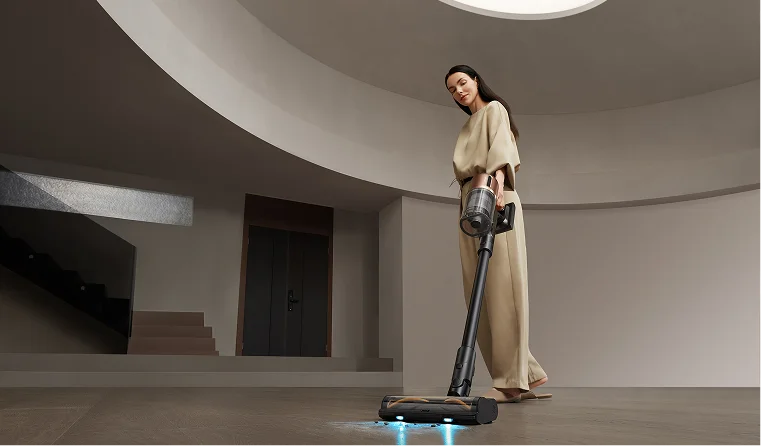





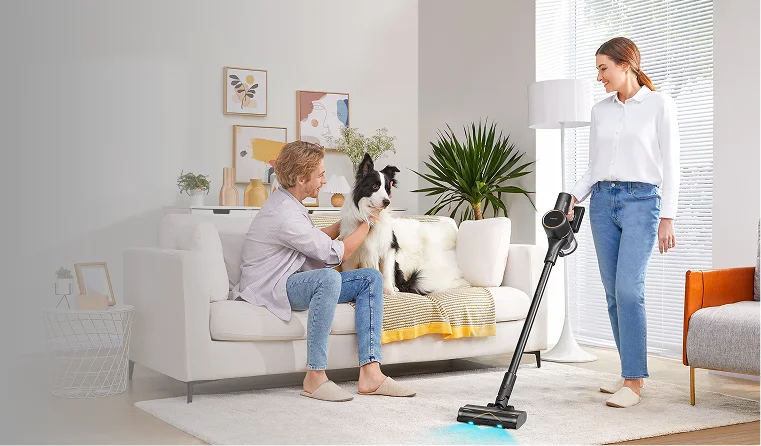

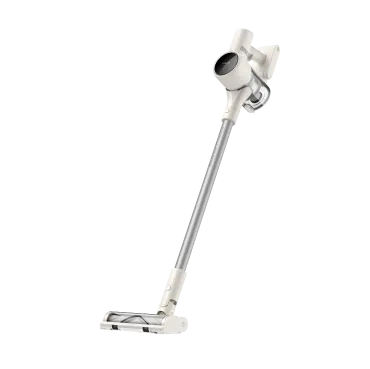
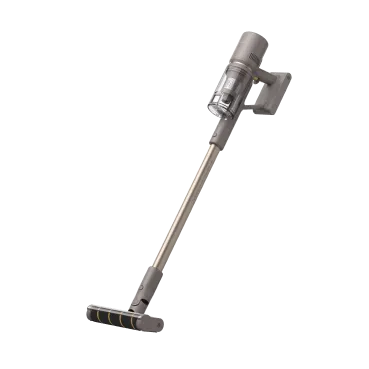
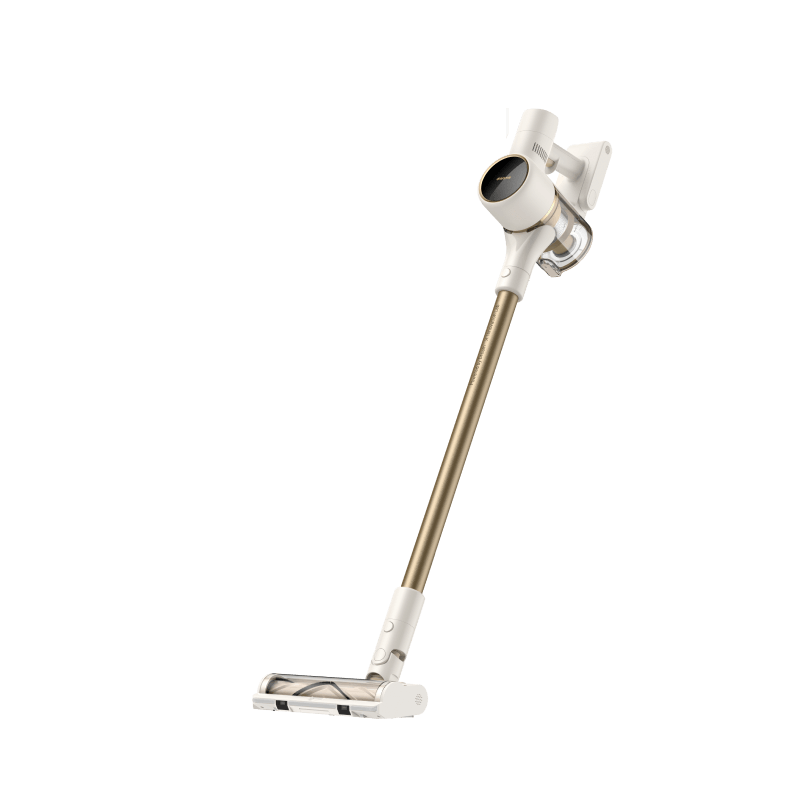



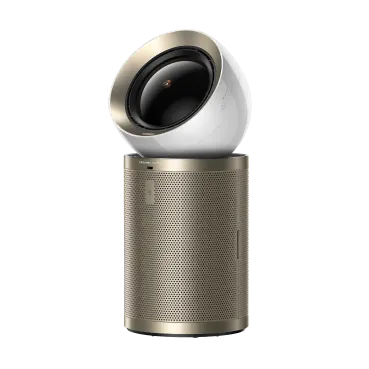
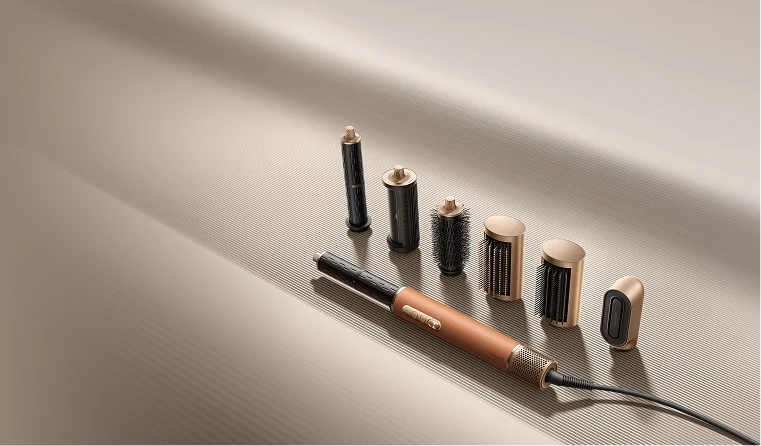
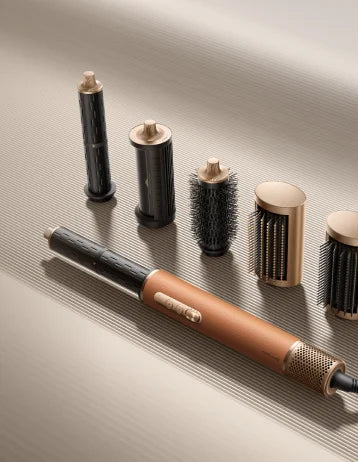

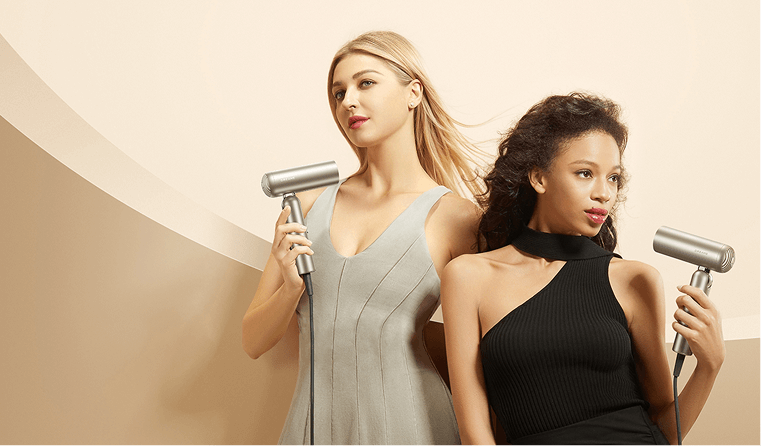

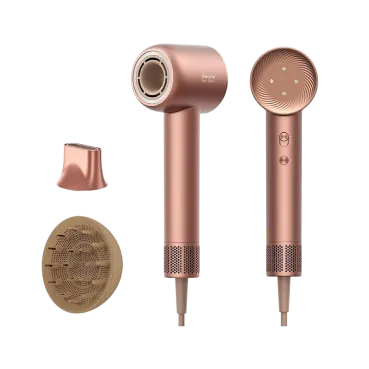



















 Australia
Australia 中国大陆
中国大陆 日本
日本


 Türkiye
Türkiye


 Italia
Italia
 Netherlands
Netherlands Belgium
Belgium
 Greece
Greece Polska
Polska
 Norway
Norway
 Sweden
Sweden
 Finland
Finland
 Denmark
Denmark
 Hungary
Hungary Czechia
Czechia
 Slovenia
Slovenia
 Croatia
Croatia
 Switzerland
Switzerland United Kingdom
United Kingdom
 Canada
Canada



